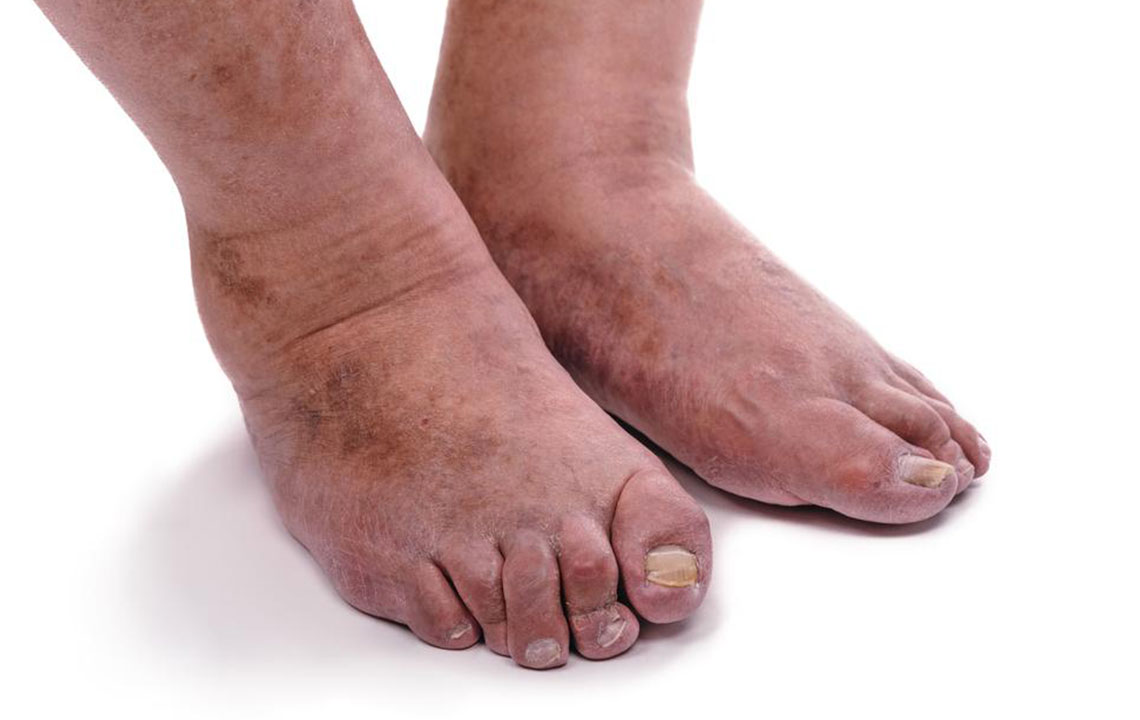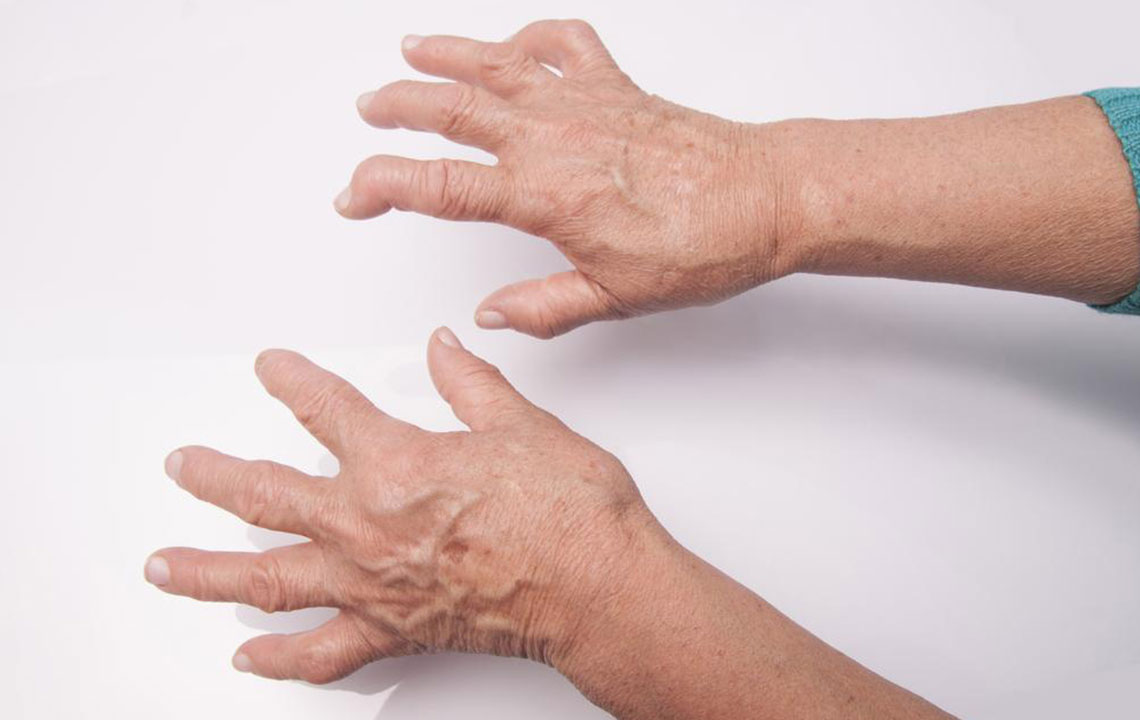Comprehensive Guide to Rheumatoid Arthritis
This article provides a detailed overview of rheumatoid arthritis, highlighting its symptoms, causes, diagnosis, and ongoing research. It discusses how RA affects multiple joints, the role of the immune system, and treatment goals. Emphasis is placed on the importance of early diagnosis and management to prevent joint damage, with insights into the factors influencing the disease, especially in women. The article aims to educate readers about this chronic condition and encourages consultation with healthcare professionals for personalized care.

Comprehensive Guide to Rheumatoid Arthritis
Rheumatoid arthritis (RA) is an autoimmune disorder primarily targeting joints such as the wrists, elbows, fingers, and feet. It causes pain, stiffness, and swelling that often affect multiple joints simultaneously. Initial symptoms include fatigue, loss of appetite, malaise, and sometimes low-grade fever, along with morning stiffness. Flare-ups of heightened inflammation can occur temporarily, with persistent inflammation potentially leading to systemic issues and affecting other organs over time.
RA manifests in mild to moderate forms, often fluctuating in severity over years or lifelong. Its exact cause remains unknown, but scientists believe an abnormal immune response drives joint inflammation and damage. Factors such as hormones, genetics, and lifestyle influence the condition. Diagnosis typically involves physical exams, blood tests, medical history, and X-rays to differentiate RA from other joint disorders. Treatment aims to alleviate pain, reduce inflammation, prevent joint damage, and improve quality of life while managing flare-ups and maintaining activity levels. Ongoing research investigates infection triggers, genetic predispositions, and hormonal influences, with women being more affected—about 70%, often linked to hormonal factors, obesity, and stress.










